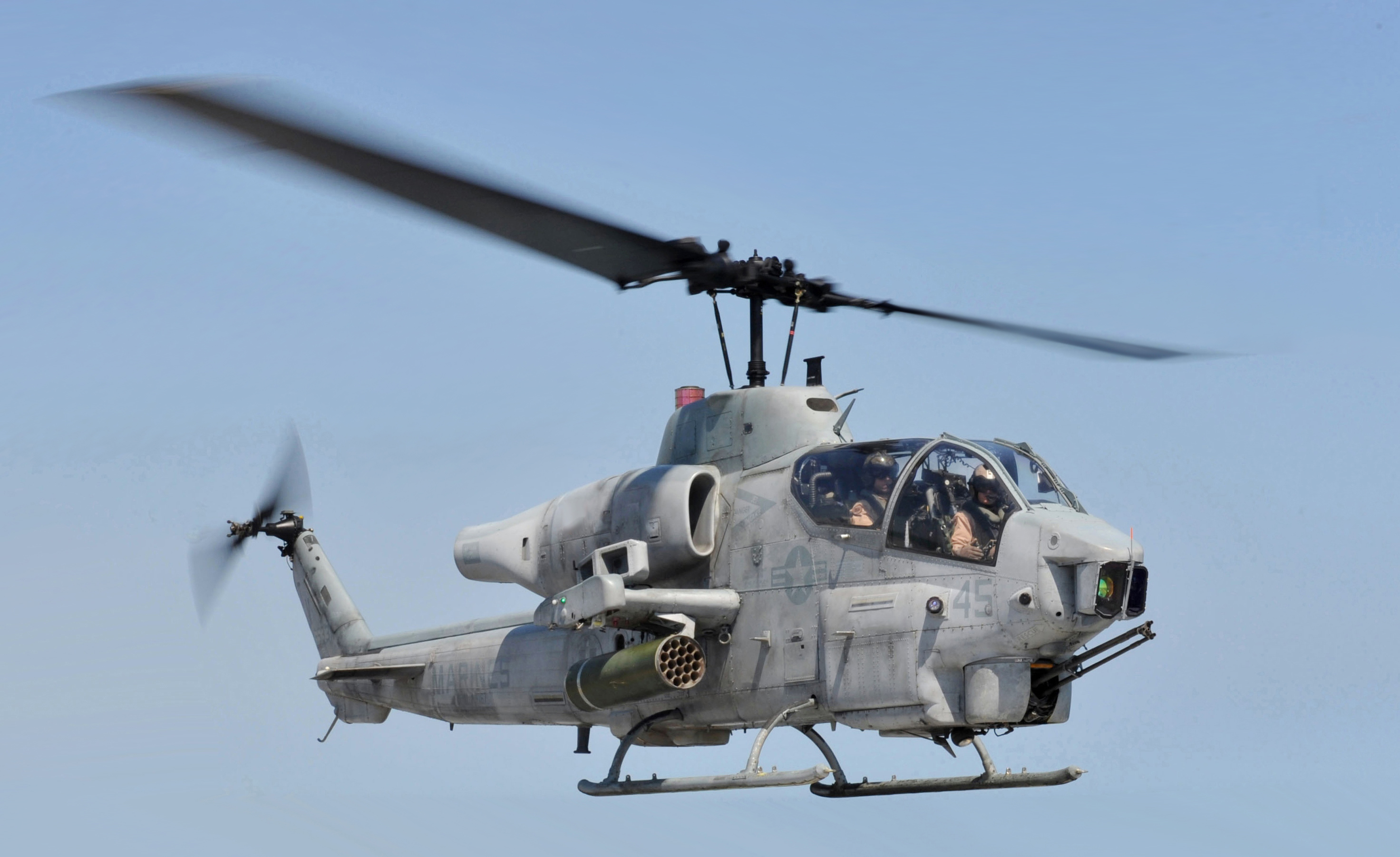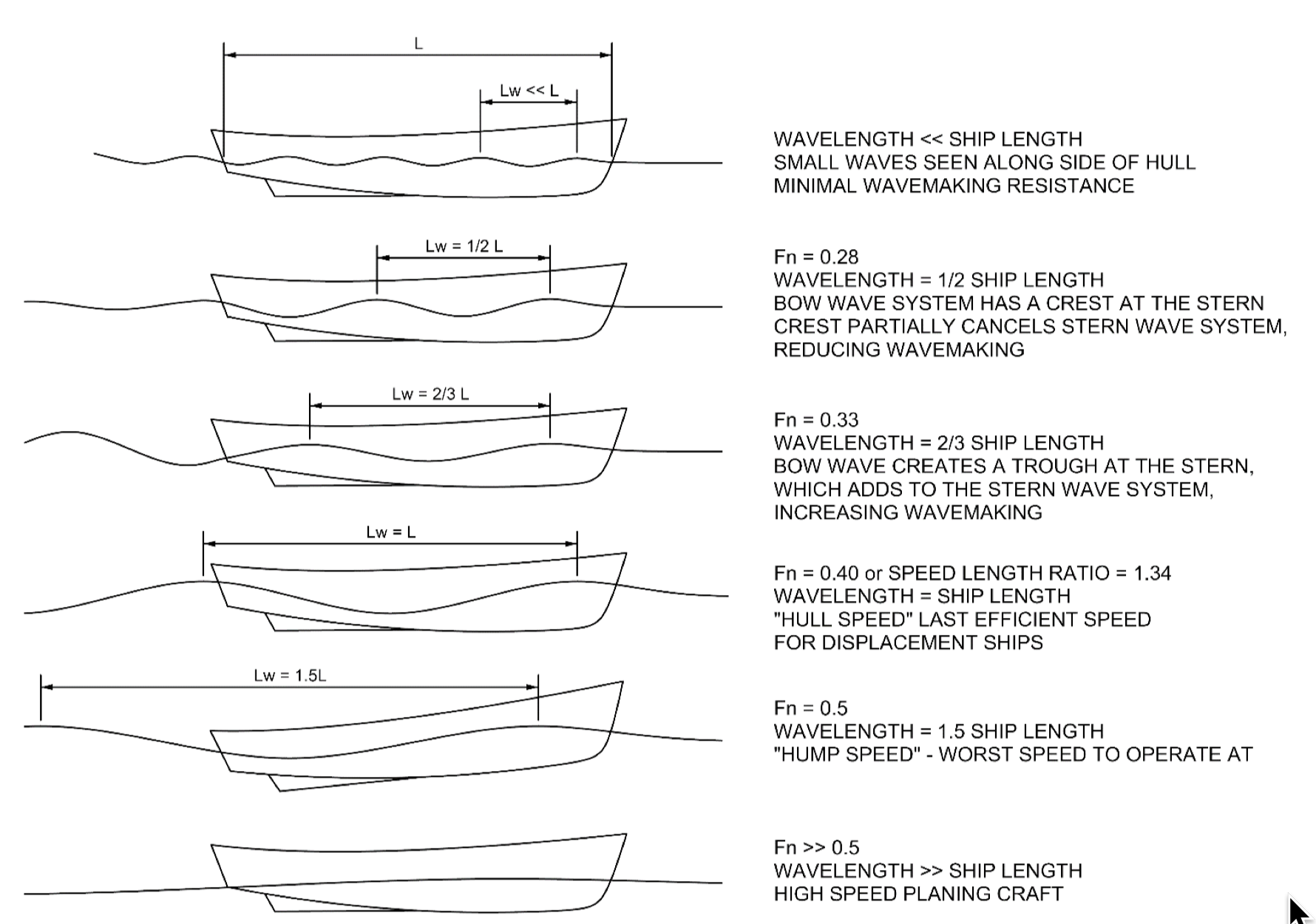|
Lock Number
In helicopter aerodynamics, the Lock number is the ratio of aerodynamic forces, which act to lift the rotor blades, to inertial forces, which act to maintain the blades in the plane of rotation. It is named after C. N. H. Lock, a British aerodynamicist who studied autogyros in the 1920s. Typical rotorcraft blades have a Lock number between 3 and 12, usually approximately 8. The Lock number is typically 8 to 10 for articulated rotors and 5 to 7 for hingeless rotors. High-stiffness blades may have a Lock number up to 14. Larger blades have a higher mass and more inertia, so tend to have a lower Lock number. Helicopter rotors with more than two blades can have lighter blades, so tend to have a higher Lock number. A low Lock number gives good autorotation characteristics due to higher inertia, however this comes with a mass penalty. Ray Prouty writes, "The previously discussed numbers: Mach, Reynolds and Froude are used in many fields of fluid dynamic studies. The Lock number is ... [...More Info...] [...Related Items...] OR: [Wikipedia] [Google] [Baidu] |
Helicopter
A helicopter is a type of rotorcraft in which lift and thrust are supplied by horizontally spinning rotors. This allows the helicopter to take off and land vertically, to hover, and to fly forward, backward and laterally. These attributes allow helicopters to be used in congested or isolated areas where fixed-wing aircraft and many forms of STOL (Short TakeOff and Landing) or STOVL (Short TakeOff and Vertical Landing) aircraft cannot perform without a runway. In 1942, the Sikorsky R-4 became the first helicopter to reach full-scale production.Munson 1968.Hirschberg, Michael J. and David K. Dailey"Sikorsky". ''US and Russian Helicopter Development in the 20th Century'', American Helicopter Society, International. 7 July 2000. Although most earlier designs used more than one main rotor, the configuration of a single main rotor accompanied by a vertical anti-torque tail rotor (i.e. unicopter, not to be confused with the single-blade monocopter) has become the most ... [...More Info...] [...Related Items...] OR: [Wikipedia] [Google] [Baidu] |
Helicopter Rotor
A helicopter main rotor or rotor system is the combination of several rotary wings (rotor blades) with a control system, that generates the aerodynamic lift force that supports the weight of the helicopter, and the thrust that counteracts aerodynamic drag in forward flight. Each main rotor is mounted on a vertical mast over the top of the helicopter, as opposed to a helicopter tail rotor, which connects through a combination of drive shaft(s) and gearboxes along the tail boom. The blade pitch is typically controlled by the pilot using the helicopter flight controls. Helicopters are one example of rotary-wing aircraft (rotorcraft). The name is derived from the Greek words ''helix'', helik-, meaning spiral; and ''pteron'' meaning wing. Design principles Overview The helicopter rotor is powered by the engine, through the transmission, to the rotating mast. The mast is a cylindrical metal shaft that extends upward from—and is driven by—the transmission. At the top of the m ... [...More Info...] [...Related Items...] OR: [Wikipedia] [Google] [Baidu] |
Autogyro
An autogyro (from Greek and , "self-turning"), also known as a ''gyroplane'', is a type of rotorcraft that uses an unpowered rotor in free autorotation to develop lift. Forward thrust is provided independently, by an engine-driven propeller. While similar to a helicopter rotor in appearance, the autogyro's rotor must have air flowing across the rotor disc to generate rotation, and the air flows upwards through the rotor disc rather than down. The autogyro was invented by Spanish engineer Juan de la Cierva in an attempt to create an aircraft that could fly safely at low speeds. He first flew one on 9 January 1923, at Cuatro Vientos Airfield in Madrid. The aircraft resembled the fixed-wing aircraft of the day, with a front-mounted engine and propeller. Cierva's autogyro is considered the predecessor of the modern helicopter. The success of the autogyro garnered the interest of industrialists and under license from Cierva in the 1920s and 1930s, the Pitcairn & Kellett co ... [...More Info...] [...Related Items...] OR: [Wikipedia] [Google] [Baidu] |
Rotorcraft
A rotorcraft or rotary-wing aircraft is a heavier-than-air aircraft with rotary wings or rotor blades, which generate lift by rotating around a vertical mast. Several rotor blades mounted on a single mast are referred to as a rotor. The International Civil Aviation Organization (ICAO) defines a rotorcraft as "supported in flight by the reactions of the air on one or more rotors". Rotorcraft generally include aircraft where one or more rotors provide lift throughout the entire flight, such as helicopters, autogyros, and gyrodynes. Compound rotorcraft augment the rotor with additional thrust engines, propellers, or static lifting surfaces. Some types, such as helicopters are capable of vertical takeoff and landing. An aircraft which uses rotor lift for vertical flight but changes to solely fixed-wing lift in horizontal flight is not a rotorcraft but a convertiplane. Classes of rotorcraft Helicopter A helicopter is a rotorcraft whose rotors are driven by the engine(s) th ... [...More Info...] [...Related Items...] OR: [Wikipedia] [Google] [Baidu] |
Autorotation
Autorotation is a state of flight in which the main rotor system of a helicopter or other rotary-wing aircraft turns by the action of air moving up through the rotor, as with an autogyro, rather than engine power driving the rotor. Bensen, Igor.How they fly – Bensen explains all" ''Gyrocopters UK''. Accessed: 10 April 2014. Quote: "air.. (is) deflected downward"Charnov, Bruce HCierva, Pitcairn and the Legacy of Rotary-Wing Flight ''Hofstra University''. Accessed: 22 November 2011. The term ''autorotation'' dates to a period of early helicopter development between 1915 and 1920, and refers to the rotors turning without the engine."Autorotation", ''Dictionary.com Unabridged (v 1.1)''. Random House, Inc. 17 April 2007 It is analogous to the [...More Info...] [...Related Items...] OR: [Wikipedia] [Google] [Baidu] |
Coning
Coning is a phenomenon which affects helicopter rotor discs. The tips of the helicopter rotor blades move faster through the air than the parts of the blades near the hub, so they generate more lift, which pushes the tips of the blades upwards, resulting in a slight cone shape to the rotor disc. This is balanced by centrifugal force. If rotor RPM drops too low, the rotor blades fold up with no chance of recovery. Helicopter rotors are typically designed with washout (twist) so that lift is relatively uniform along the blades. However, because lift increases quadratically with airspeed, coning still occurs at higher RPMs. Some helicopters such as the Bell UH-1 Iroquois are designed with "pre-coned" blades, which are curved downwards but lay more flat in flight. The ratio of aerodynamic forces to inertial forces is called the Lock number. See also *Unequal rotor lift distribution Unequal rotor lift distribution is an effect where the blades of a helicopter rotor generate m ... [...More Info...] [...Related Items...] OR: [Wikipedia] [Google] [Baidu] |
Mach Number
Mach number (M or Ma) (; ) is a dimensionless quantity in fluid dynamics representing the ratio of flow velocity past a boundary to the local speed of sound. It is named after the Moravian physicist and philosopher Ernst Mach. : \mathrm = \frac, where: : is the local Mach number, : is the local flow velocity with respect to the boundaries (either internal, such as an object immersed in the flow, or external, like a channel), and : is the speed of sound in the medium, which in air varies with the square root of the thermodynamic temperature. By definition, at Mach1, the local flow velocity is equal to the speed of sound. At Mach0.65, is 65% of the speed of sound (subsonic), and, at Mach1.35, is 35% faster than the speed of sound (supersonic). Pilots of high-altitude aerospace vehicles use flight Mach number to express a vehicle's true airspeed, but the flow field around a vehicle varies in three dimensions, with corresponding variations in local Mach number. The loc ... [...More Info...] [...Related Items...] OR: [Wikipedia] [Google] [Baidu] |
Froude Number
In continuum mechanics, the Froude number (, after William Froude, ) is a dimensionless number defined as the ratio of the flow inertia to the external field (the latter in many applications simply due to gravity). The Froude number is based on the speed–length ratio which he defined as: \mathrm = \frac where is the local flow velocity, is the local external field, and is a characteristic length. The Froude number has some analogy with the Mach number. In theoretical fluid dynamics the Froude number is not frequently considered since usually the equations are considered in the high Froude limit of negligible external field, leading to homogeneous equations that preserve the mathematical aspects. For example, homogeneous Euler equations are conservation equations. However, in naval architecture the Froude number is a significant figure used to determine the resistance of a partially submerged object moving through water. Origins In open channel flows, introduced first ... [...More Info...] [...Related Items...] OR: [Wikipedia] [Google] [Baidu] |
Reynolds Number
In fluid mechanics, the Reynolds number () is a dimensionless quantity that helps predict fluid flow patterns in different situations by measuring the ratio between inertial and viscous forces. At low Reynolds numbers, flows tend to be dominated by laminar (sheet-like) flow, while at high Reynolds numbers flows tend to be turbulent. The turbulence results from differences in the fluid's speed and direction, which may sometimes intersect or even move counter to the overall direction of the flow (eddy currents). These eddy currents begin to churn the flow, using up energy in the process, which for liquids increases the chances of cavitation. The Reynolds number has wide applications, ranging from liquid flow in a pipe to the passage of air over an aircraft wing. It is used to predict the transition from laminar to turbulent flow and is used in the scaling of similar but different-sized flow situations, such as between an aircraft model in a wind tunnel and the full-size ... [...More Info...] [...Related Items...] OR: [Wikipedia] [Google] [Baidu] |
Helicopter Aerodynamics
A helicopter is a type of rotorcraft in which lift and thrust are supplied by horizontally spinning rotors. This allows the helicopter to take off and land vertically, to hover, and to fly forward, backward and laterally. These attributes allow helicopters to be used in congested or isolated areas where fixed-wing aircraft and many forms of STOL (Short TakeOff and Landing) or STOVL (Short TakeOff and Vertical Landing) aircraft cannot perform without a runway. In 1942, the Sikorsky R-4 became the first helicopter to reach full-scale production.Munson 1968.Hirschberg, Michael J. and David K. Dailey"Sikorsky". ''US and Russian Helicopter Development in the 20th Century'', American Helicopter Society, International. 7 July 2000. Although most earlier designs used more than one main rotor, the configuration of a single main rotor accompanied by a vertical anti-torque tail rotor (i.e. unicopter, not to be confused with the single-blade monocopter) has become the most common hel ... [...More Info...] [...Related Items...] OR: [Wikipedia] [Google] [Baidu] |


.jpg)

.jpg)

